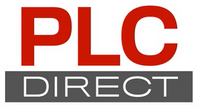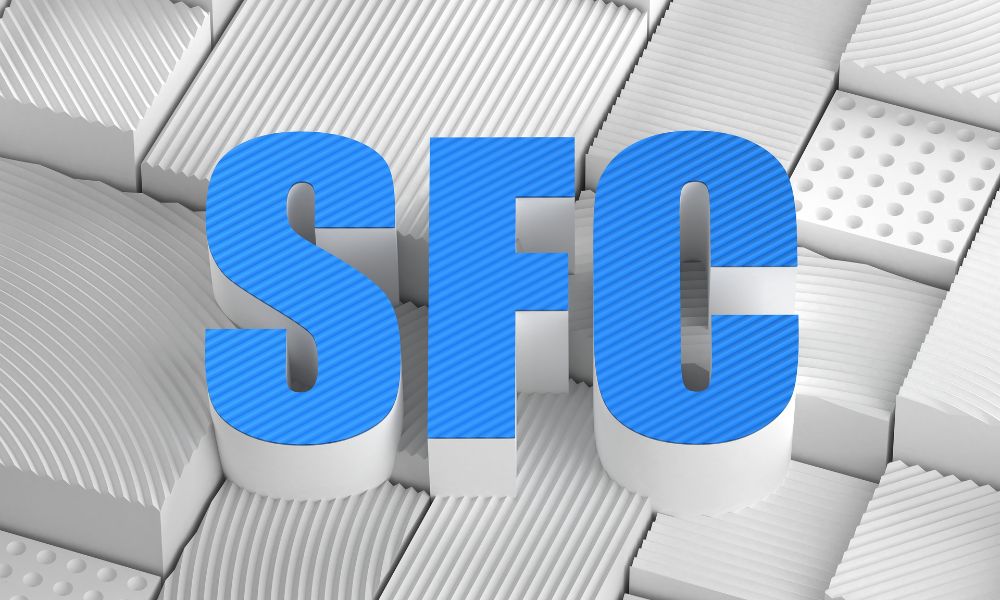Programming a programmable logic controller (PLC) is the most important part of setting your automation system up for success. The robustness, reliability, and customization demanded by various industries make Omron PLCs a top choice for many businesses worldwide. Omron PLCs even work with different programming languages, providing increased flexibility for many business needs. Here are five programming languages supported by Omron PLCs and what you should know about each.
Structured Text (ST)
Structured text (ST) is a high-level programming language used for complex calculations, string handling, and algorithms. PLCs that support ST allow for better-organized code, making it the preferred option for software developers who find ladder diagrams or function block diagrams too limiting for their needs. With ST, the code syntax is not as visually intuitive as ladder diagrams, yet it is a powerful tool for more complex mathematical operations. The readability and ease of debugging make ST a go-to choice for intricate tasks in Omron PLC programming.
Ladder Diagram (LD)
Ladder diagram (LD) is one of the oldest and most widely used programming languages for PLCs. It resembles the rungs of a ladder, with two vertical lines that outline the ‘power rails’ and various horizontal lines to create the logical flow of the program. LD programming remains popular because of its simple visual mechanics, which makes it easier for coders to understand and troubleshoot certain components. It’s particularly efficient for simple on/off control and sequential control processes.
Function Block Diagram (FBD)
Function block diagram (FBD) is a graphical programming language that resembles the circuits and logical connections made in relay logic. It’s based on the concept of function blocks, which represent the operations that a controller executes. When these blocks interconnect, it shows the data flow path through the system. FBD best represents complex systems as it visually breaks down processes into smaller, more modular steps, enhancing the readability and reusability of code.
Sequential Function Chart (SFC)
Another programming language supported by Omron PLCs is sequential function chart (SFC). This option structures the program as a series of steps, much like a flowchart. This makes it useful for breaking down the task into stages or states and ensuring that the program runs through each step in the designated order. Omron PLCs support SFC, which encourages developers to plan and visualize their operations clearly before implementation. This makes design and troubleshooting more manageable.
Instruction List (IL)
Instruction list (IL) is a low-level programming language that specifies the PLC program’s behavior solely by its elements. Each IL instruction corresponds to one line of machine code, which makes it the most difficult to read and understand for new programmers. While less commonly used in modern PLC programming, IL can still be a powerful tool, especially for those who require direct mapping to machine code or those who are working with systems that can use IL for program execution only.
Omron PLCs offer a diverse set of programming languages that cater to different needs in the field of industrial automation. Each language has its own merits and specific areas where it’s most effective. So as you shop for a new Omron PLC, make sure that you keep these options in mind. PLC Direct has several models that are compatible with each of the above languages, allowing you to find the ideal one for your needs.

